kaolin clay for sale
In 1993, the Maastricht Agreement established the current legal framework of the Union. [12] [13]
In 1999, the European Union introduced the single currency, the euro, which has replaced national currencies in 19 countries. [14]
The European Union, with 500 million citizens, achieved a GDP of $ 19.670 trillion in 2017. [15] [16]
Twenty-two EU member states are members of NATO. [17]
toothpaste
for gardening
The Union currently has a common market, which includes the following: the Customs Union, the European Central Bank (EU), which is the currency of the European Union (18 countries have so far adopted it), the Common Agricultural Policy, the Common Trade Policy and the Common Fisheries.
The Common Foreign and Security Policy was also formed as the second of the three pillars of the European Union. The Schengen Agreement abolished visa controls, customs checkpoints were closed at many internal borders, and EU citizens were allowed to travel, live, travel, work and invest.
The most important institutions of the European Union are the Council of Europe, the Council of the European Union, the European Commission, the European Court of Justice, the European Parliament, the European Central Bank and the Court of Auditors. The origins of the European Parliament go back to the 1950s and the founding treaties, since 1979 the members of the Union have been elected by the representatives of the member states. Elections are held every five years in which citizens of EU member states can vote. The activities of the European Union cover most public policies, from economic policy to foreign policy, defense, agriculture and trade. However, its power range is very different in different areas. In some areas the union acts as a federation (for example in monetary, agricultural, trade, environmental and economic and social policy matters) and in others as an international organization (for example in foreign affairs).
Britain left the European Union in a referendum on June 23, 2016. The pound fell to its lowest level in 30 years, [18] [19] and British Prime Minister David Cameron resigned. [20] [21] Britain officially left the EU on 31 January 2020, after 47 years. .
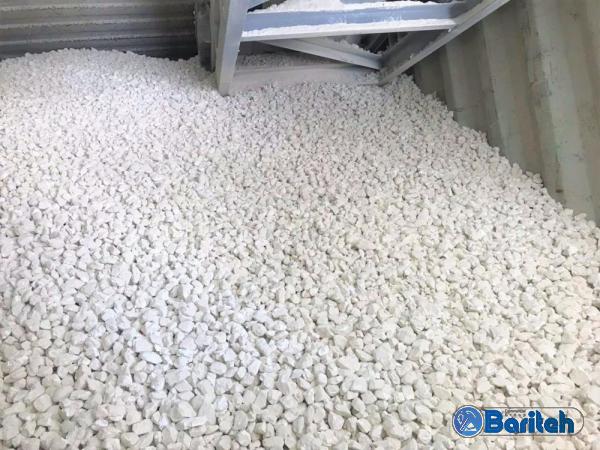
Future of Investing Money in Kaolin Clay Industry
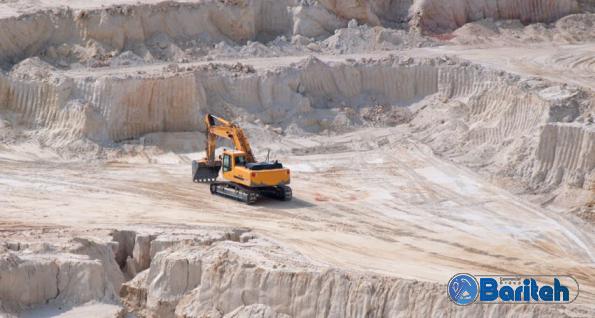
Zenoz kaolinite clay deposit is formed by hydrothermal alteration of volcanic rocks, mainly with andesitic and dacitic composition. Kaolinite, quartz and calcite are the most important mineral compositions of the mineral. Due to its volcanic mineral origin, quartz is lately crystalline, and therefore it is not easy to process and separate it from kaolin. The physical and chemical properties of Zenoz mineral are directly related to its nature and origin. The chemical composition of Xenos processed kaolin has a higher percentage of silicon oxide and less aluminum oxide compared to British Diamond kaolin, which has a very good quality for the production of various ceramic products. Therefore, ceramic products made of Zenoz mineral have less resistance to heat shock and bending tolerance. High roughness, low waxing and the possibility of further deformation during baking are other limitations of Zenoz kaolin-containing clay products. The percentage of calcium oxide in xenos mineral is higher compared to kaolin diamond and potassium oxide, which plays a melting role in ceramic products, is lower. High calcium oxide, which has a high melting point, increases adhesion and, as a result, causes cracking of ceramic products. Potassium oxide deficiency of Xenoz kaolinite clay products in comparison with Diamond kaolin will increase the deformation of ceramic products produced from it. Finally, due to the color characteristics of Zanuz cannolinite clay, this mineral is used in industry as a filler in the paper, paint, plastic, and rubber industries.
Things You Must Know before Signing LOI for Dealing Kaolin Clay
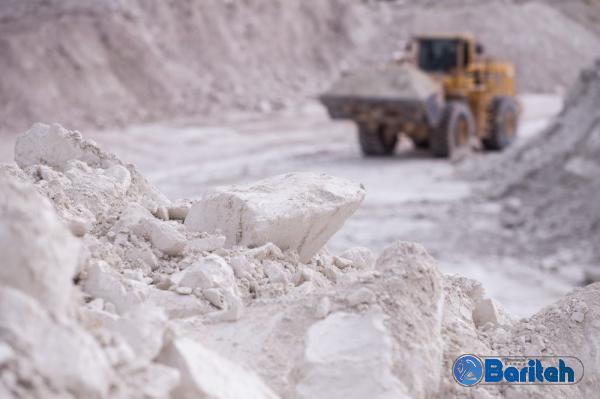
Kaolin or porcelain soil is a common name for mineral products that are wholly or essentially composed of mineral kaolinite or aluminum silicate. Grinded and graded grades of raw kaolin may contain small amounts of the corresponding silicates (mica, illite, chlorite, smectite) and quartz.
This compound is mostly used in the coating industry and is washed with water to remove impurities. Kaolin has a clay structure, but unlike talc and mica, it is more valuable in the production of coatings than its contribution to its optical properties. The following article is provided in the Journal of the World of Chemistry and Physics. Please provide more details in this regard. Please be with us. Illustrated. In nature, these plates are placed in categories that show different degrees of order of accumulation.
Because a single kaolinite particle has an oxygen surface on one side and a hydroxyl surface on the other, hydrogen is strongly attached to its upper and lower plates. This makes peeling more difficult than other silicate, talc and mica fillers. Kaolin is hydrophilic so it disperses easily in water. For non-aqueous applications, the compatibility of the matrix with the surface operation is improved.
The geological origin of kaolin
Kaolin is formed when anhydrous aluminum silicate in feldspar rocks such as granite is altered by weathering or hydrothermal processes. The process that turns hard granite into a soft matrix in kaolin pits is known as “kaolinization.”
Quartz and mica remain relatively unchanged while feldspar is converted to kaolinite. Smectite may also occur in small amounts in some sediments. Refining and processing A good portion of kaolinized granite mainly produces kaolinite with small amounts of mica, feldspar and quartz, depending on the source, organic matter or heavy minerals.
Types of kaolin
In terms derived from the rubber industry, kaolin clay is usually distinguished as “hard” or “soft” clay. Hard clay is relatively weakly crystallized and contains very fine-grained kaolin with a particle size of about 0.2 to 0.4 micrometers.
This compound strengthens the rubber and thus creates hard and uncooked compounds. Soft kaolin clay has a larger porous crystal and the average particle size is about 1.3 micrometers, which is created by sedimentation. This soil has a slight reinforcing effect on the rubber, resulting in softer compounds.
Bulk Distribution of Industrial Kaolin Clay in the CIS Region
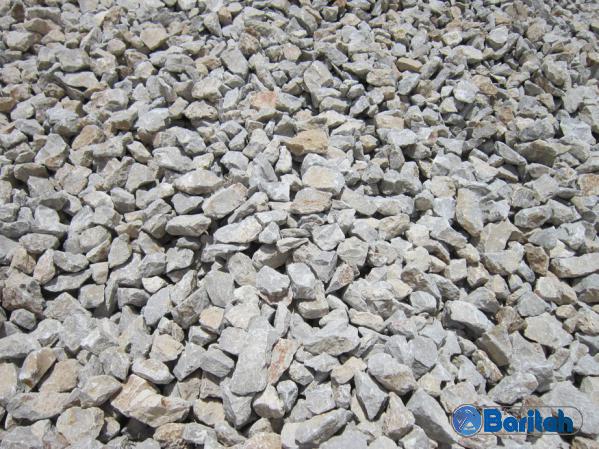
Kaolin is named after a hill in China (Kao-ling) that has been mined for centuries. Samples of kaolin were first sent to Europe by the French Jesuit missionary around 1700 as an example of materials used by the Chinese to make porcelain.
Physical characteristics of kaolin:
There are several forms of kaolin in appearance:
White kaolin
Yellow kaolin
Red kaolin
Pink kaolin
White kaolin is the most delicate and gentle category. Also often different colors, reddish brown is common. The normal form of kaolin is seldom crystalline, thin or stacked plates, and is usually microscopic hexagonal plates and clusters of plates, gathered in compact masses such as clay.
Properties of kaolin:
Persistence
flexibility
Inelasticity
It has a pearly polish to dull soil
Has a specific gravity between 2.16 and 2.68
Production of kaolin:
It is a soft, earthy mineral, usually white (double-sided phyllosilicate clay), which is produced by chemical weathering of aluminum silicate minerals such as feldspar. In many parts of the world, it is created by iron oxide in pink-orange-red color and gives it a certain rust color. Low concentrations cause white, yellow, or light orange colors.
Types of kaolin commercial grades:
Dry kaolin powder
Semi-dry noodle kaolin
Kaolin slurry
Structure of kaolin:
The structure of kaolinite shows layered hydrogen bonds. Compared to other clay minerals, kaolinite is chemically and structurally simple. This material is described as a 1: 1 or TO mineral because its crystals are composed of stacked TO layers. Each layer of TO consists of a quadrilateral (T) sheet composed of silicon and oxygen ions attached to an octagonal plate of oxygen consisting of oxygen, aluminum, and hydroxyl ions, and is called a T-sheet because each silicon ion It is formed by four oxygen ions, which form a quadrilateral. Oxygen sheet is so called because each aluminum ion is surrounded by six oxygen ions or hydroxyl at the corners of an octagon. The two sheets in each layer are bonded together by common oxygen ions, while the layers are bonded by the bonding of hydrogen between oxygen on the outer surface of a single-layer T sheet and hydroxyl on the outer surface of the next layer oxygen sheet.
A kaolinite layer has no pure electric charge, so there are no large cations (such as calcium, sodium or potassium) like other clay minerals between the layers. This ion exchange capacity is considered to be relatively low kaolinite. The close bonding of hydrogen between the layers also prevents the penetration of water molecules between the layers, which makes it a non-swollen property of kaolinite.
Differences between bentonite and kaolin:
The main difference between kaolin clay and bentonite is that kaolin clay is formed as a result of weathering of aluminum silicate minerals such as feldspar, while bentonite clay is formed from volcanic ash in the presence of water.
What is Kaolin?
Kaolin is a mineral that is rich in kaolinite.
What is kaolin or kaolinite soil?
Kaolinite is a mineral that is formed mainly by soil formation processes, usually the chemical decomposition of feldspars, along with the leaching of elements such as calcium, sodium and potassium, to make the product rich in aluminum.
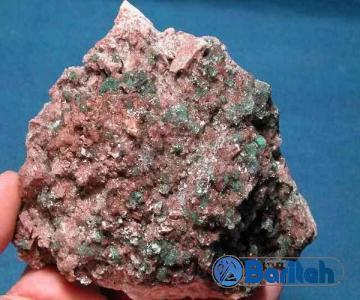
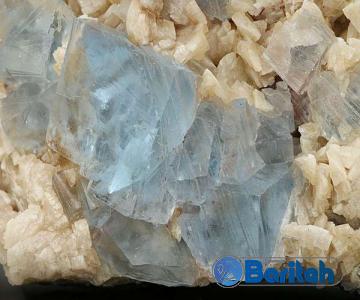
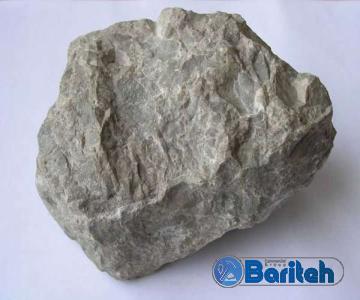
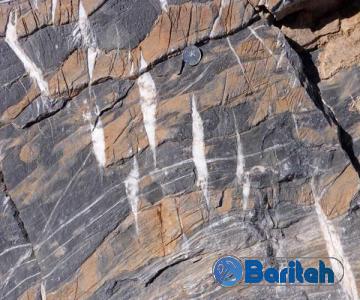
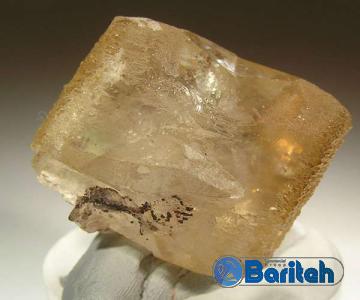
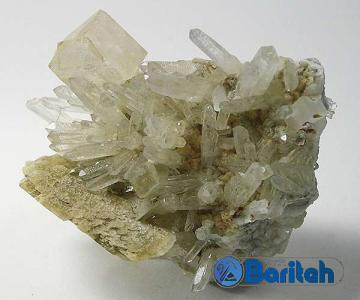
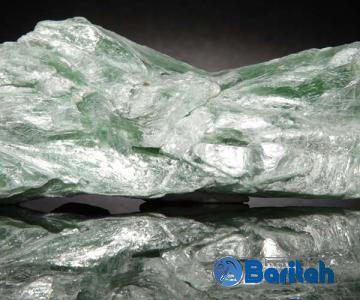
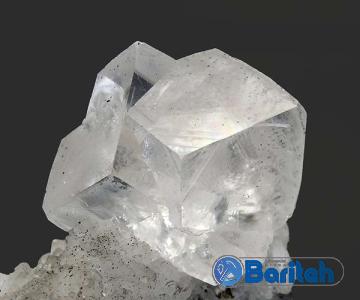

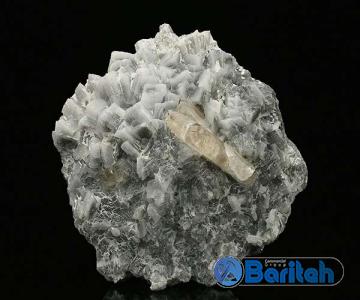
Your comment submitted.